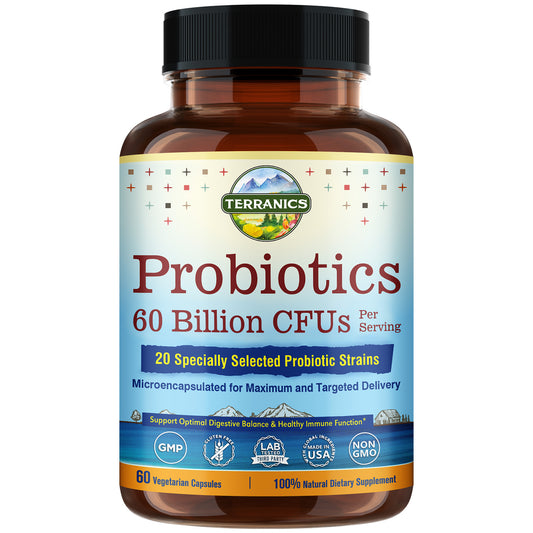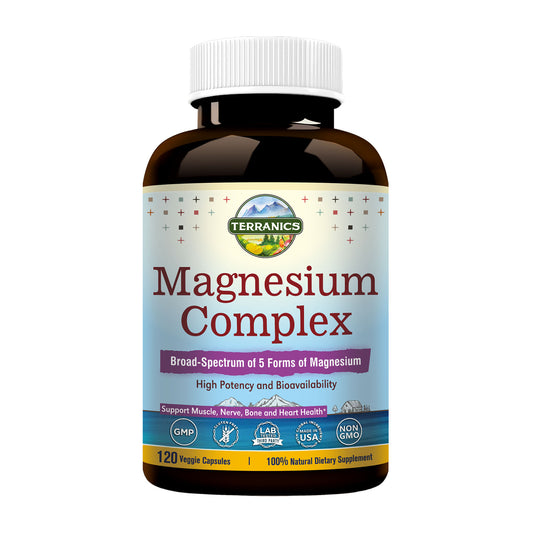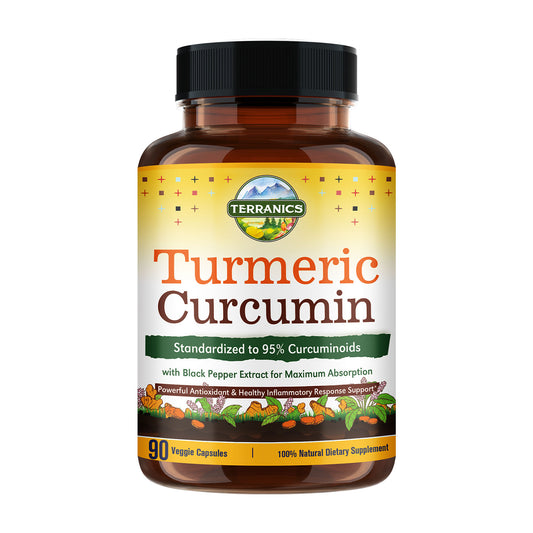
Iron, an essential mineral, plays a vital role in numerous physiological processes within the human body, including oxygen transport, energy production, and enzyme function. However, the human body cannot synthesize iron, making dietary intake crucial for maintaining adequate iron levels. In this comprehensive blog post, we will delve into the fascinating process of iron absorption, exploring its various aspects and factors that influence its absorption rate.
Understanding Iron Absorption:
Iron absorption is a complex process that occurs primarily in the small intestine, specifically the duodenum and upper jejunum. The body has evolved a sophisticated mechanism to regulate and optimize iron absorption, ensuring a balance between the need for iron and the risk of iron overload.
Types of Dietary Iron:
Iron is present in two forms in the diet: heme iron and non-heme iron. Heme iron, derived from animal sources such as red meat, poultry, and fish, is more readily absorbed compared to non-heme iron, which is present in both animal and plant-based foods. Approximately 15-35% of heme iron is absorbed, while the absorption of non-heme iron is influenced by various factors.
Factors Influencing Iron Absorption:
Enhancing Factors:
- Vitamin C: Consuming vitamin C-rich foods alongside non-heme iron sources can enhance iron absorption. Vitamin C acts as a reducing agent, converting non-heme iron into a more absorbable form.
- Meat, Poultry, and Fish: Consuming iron-rich foods with meat, poultry, or fish can enhance iron absorption due to their heme iron content.
- Gastric Acidity: Adequate gastric acidity is necessary for optimal iron absorption. Certain medications or conditions that reduce stomach acid secretion can impair iron absorption.
Inhibiting Factors:
- Phytates and Oxalates: Some plant-based foods, such as legumes, whole grains, and spinach, contain phytates and oxalates that can bind to iron and inhibit its absorption.
- Tannins: Beverages like tea and coffee contain tannins that can hinder iron absorption.
- Calcium and Zinc: High levels of calcium and zinc, particularly from supplements, can interfere with iron absorption when consumed simultaneously.
Regulation of Iron Absorption:
The body tightly regulates iron absorption to maintain iron balance. Two key regulatory proteins are involved: hepcidin and ferroportin. Hepcidin is a hormone produced by the liver that controls the release of iron from cells into the bloodstream. When iron stores are sufficient, hepcidin levels increase, leading to decreased iron absorption. Ferroportin is a protein found on the surface of cells that export iron. Hepcidin controls ferroportin, reducing its expression and inhibiting iron release. However, when iron stores are low, hepcidin levels decrease, allowing increased iron absorption and release.
Iron Absorption and Iron Deficiency:
Iron deficiency is a widespread nutritional disorder worldwide. Understanding the factors that affect iron absorption is crucial in addressing and preventing iron deficiency. Low dietary iron intake, poor absorption due to inhibiting factors, increased iron requirements during growth or pregnancy, and chronic blood loss are common causes of iron deficiency. Iron supplementation and dietary modifications are commonly recommended to treat and prevent iron deficiency.
Medical Conditions and Iron Absorption:
Certain medical conditions can impact iron absorption. Individuals with gastrointestinal disorders like celiac disease, Crohn's disease, or gastric bypass surgery may have impaired iron absorption. In these cases, additional supplementation or alternative forms of iron may be necessary to maintain adequate iron levels.
Iron Absorption and Iron Overload:
While iron deficiency is a concern, excessive iron accumulation can also be detrimental to health. Hemochromatosis, a hereditary condition, leads to excessive iron absorption and can result in iron overload. Iron overload can damage organs and tissues and increase the risk of chronic diseases. Regular blood donation or therapeutic phlebotomy is often recommended to manage iron overload.
Conclusion
Iron absorption is a highly regulated process influenced by various factors. Understanding these factors and their impact on iron absorption can guide dietary choices and help maintain optimal iron levels. Consuming a balanced diet that includes heme and non-heme iron sources, combining non-heme iron with vitamin C-rich foods, and being aware of inhibiting factors can promote efficient iron absorption. Additionally, considering individual circumstances such as iron status, medical conditions, and the potential for iron deficiency or iron overload is important. By staying informed and working closely with healthcare professionals, individuals can ensure they meet their iron requirements and maintain overall health and well-being. Embracing a holistic approach to iron absorption can contribute to a healthier future for individuals of all ages.




